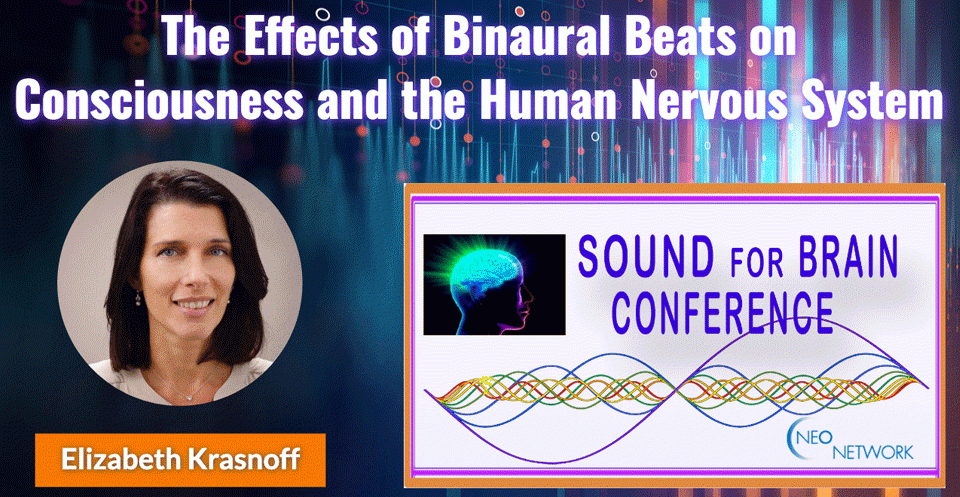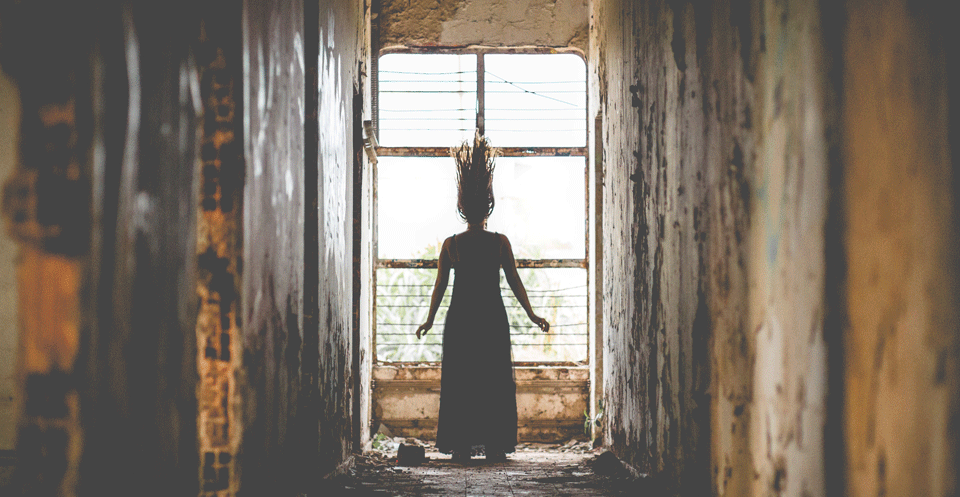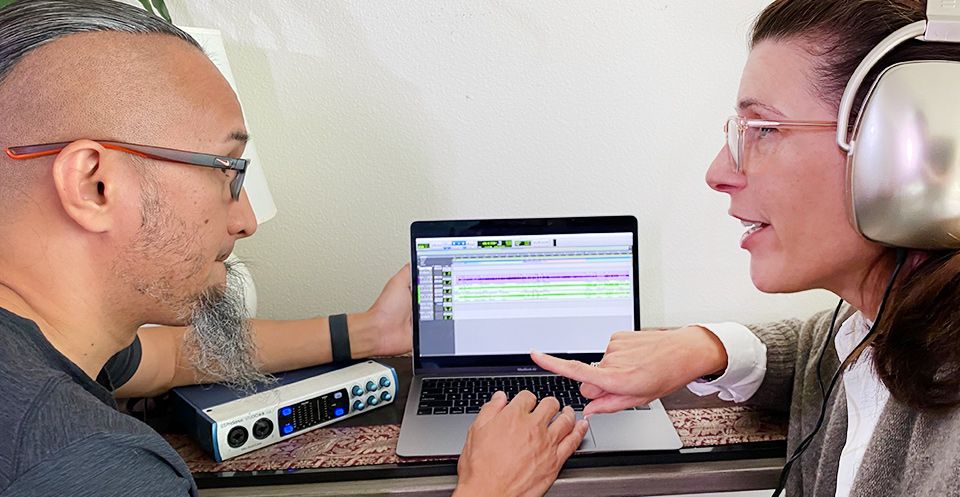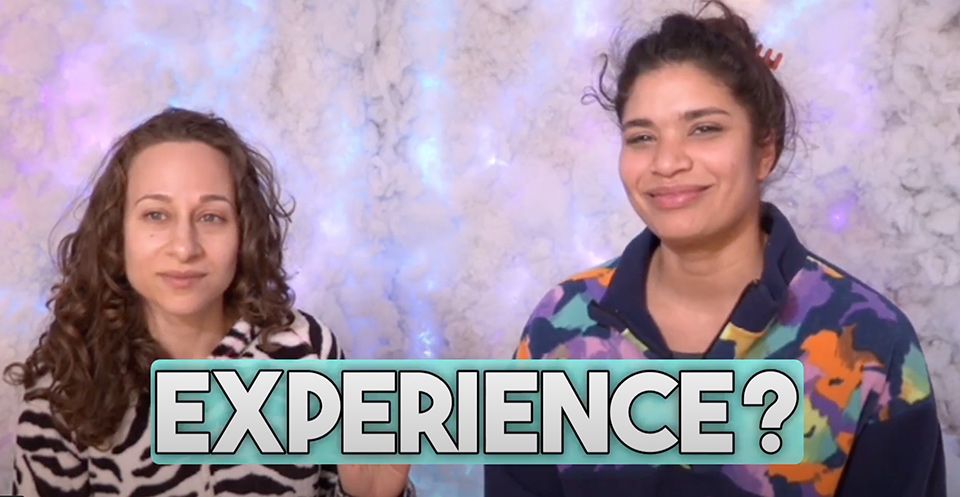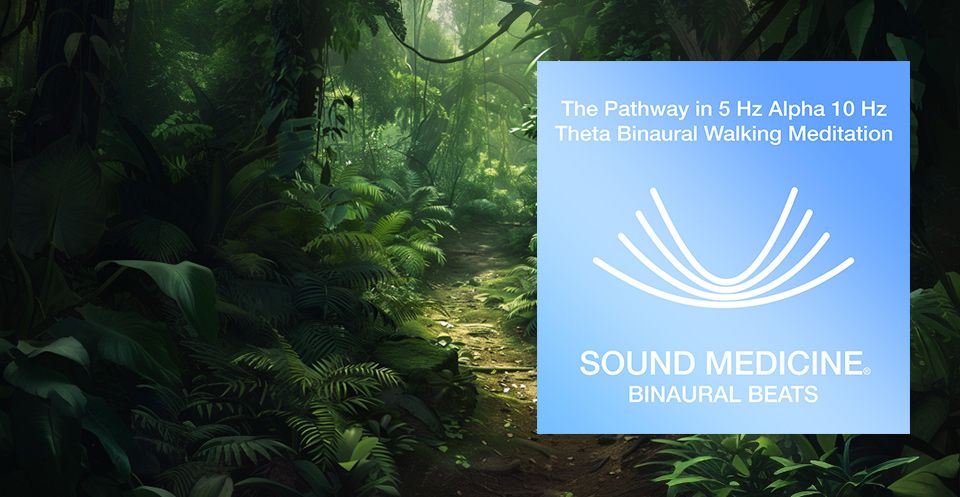Find Your Learning Style
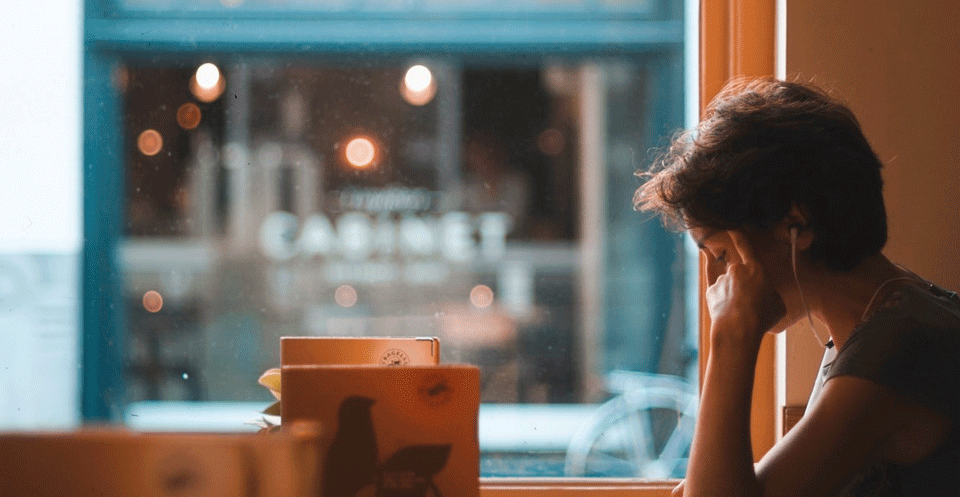
Accept & Nurture Our Differences
My recent trip to The Nueva School in Hillsborough, CA turned up the following approach to finding your learning style. Don’t worry, its not too late for us grown ups!
All third graders have a weekly “read aloud” class in which they must listen to a book being read out loud for an entire hour. This sounds as fun to me as sweeping sawdust off a barn floor. In any event, the purpose is to train and test for comprehension, the ability to understand what is being read to them.
As I watched this third grade class, I noticed that something was different. Some children were drawing, some were cartooning, some were doodling, some were napping, some were lying sprawled on the floor. They were each doing their own thing, instead of sitting in rows of uniform stillness.
As it turns out, Nueva takes the partnering approach with the children. As long as the kids score well on their comprehension test, they may use any of these modalities to help them absorb the material. Their comprehension score will determine the success of their choice. And if it is a low score? A re-do of the test is required and back to the drawing board for a different listening solution.
The message to the children is that they are responsible for their own learning style. They have to work with themselves and with their teacher to find how they best listen in order to score well on the comprehension test. And of course this skill goes a long way because (which is what you are all thinking): life is a comprehension test. How great to know what you need to do for yourself to listen well at a seminar. A dinner. A wedding. A PhD class. A board meeting.
The children can choose from the following ideas (and probably anything else they can come up with as long as they demonstrate comprehension and do not disturb their neighbors):
- pedaling bicycle pedals under the desk
- doodling
- drawing
- cartooning the plot line and images
- lying down
- sitting in a chair
- resting with their eyes closed
The bicycle pedals were for the high-energy kids clearly. But I asked about the children with their eyes closed. The teacher said that sometimes kids come to class very tired. Maybe they had a late family night, an illness or far away travel. She lets them listen in a resting position, but if they cant score well, they have to re-read the material on their own and re-do the comprehension test. Mostly, lying there with their eyes closed gives them enough resources to take in what is being said. In either case, the spirit is being served: the children learn how to manage their resources and energy on a low day, or off day, which realistically we all have, in addition to on a good day.
Obviously common sense dictates we will not be cycling pedals under a board room table (unless we own the company) or lying down for a nap next to the board table or dinner table, but we can make small adjustments. I am all about the small adjustments. Using your pen to doodle on a paper tablecloth or in your notebook, or take notes, or cartoon the content of what you are listening to may very well help you become an A+ listener. (The popular new office desks that you can raise to a standing position and take a break from sitting all day are right up this alley).
As for me personally, I need a combination of doodling/art and haiku note taking. If I can write down the salient points and any questions I have, I can release them, and find myself free and open to hear and digest the rest of the talk. Plus I like to have a little record for my journal. If I can also doodle or color abstract designs, I am able to keep my mind engaged so as not to fall into the bain of my existence: boredom and disengagement.
Try a few of these techniques and see what works for you. Tell your children’s teachers about this learning style approach. Suggest to your child that they try a few ideas out. We are in the age of differentiation, where the collective awareness is opening up to respecting our differences and accepting and nurturing them. And if you cannot get acceptance for an alternative listening plan for yourself or your child, consider it an opportunity to practice self-validation. There’s always a gift.
Lastly, I found this fun learning style quiz on line, see what you come up with. Click here. It turns out I am (surprise, surprise!) a 65% auditory learner. I got some cool tips for my learning style, one of which I already do: "Sit where you can hear!"




